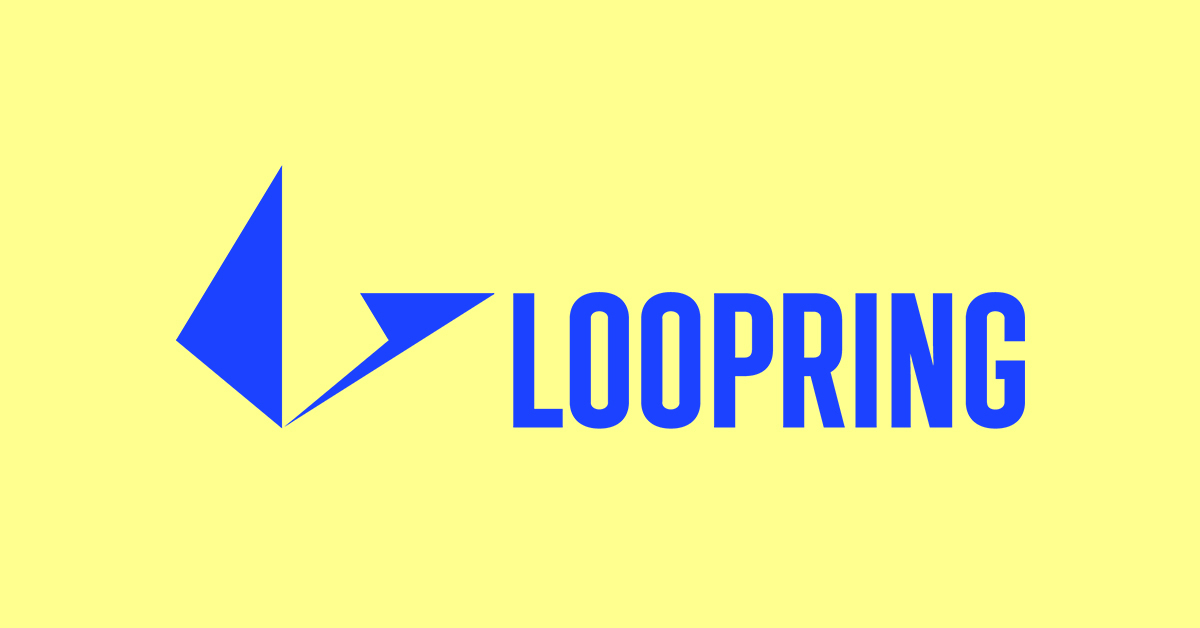Loopring: An Open Source Decentralised Exchange Protocol!
What is Loopring? How does it help traders? Actually, Loopring provides traders, participants, and institutions with an automated trade execution system. This system intelligently shields the trades across the world from counterparty risk and helps to reduce trading costs.
Loopring: An Open Source Decentralized Exchange Protocol!
After following a period of comprehensive research and development, Loopring has announced its protocol 3.0. Now let’s know about Loopring and its decentralized exchange protocol deeply through this article.

An overview of Loopring
Loopring is a decentralized exchange protocol or an execution framework based on Ethereum. It helps the clients to exchange resources across the world. This decentralized protocol exchanges ERC tokens.
To make successful trades, it combines the off-chain order book and on-chain settlement contracts. The protocol is free, extensible, and a common building block for exchange-based dApps. The following is a list of Loopring’s key attributes.
-
Reduce the risk of exchange
Loopring doesn’t allow its clients to send bitcoins directly to the exchanges.it always remains in the blockchain address till the transaction ends. So it helps the clients from exchange risk by reducing counterparty risk.
-
Decentralized
All the orders are automatically executed and the trading fund exists in a decentralized smart contract on the blockchain.
-
Identifies the best time to trade
It helps to identify the best exchanges and the best time to conduct trade. This also helps to place successful tradings.
Why Loopring?
- Loopring is a secure, open-source, and non-custodial exchange protocol. Your assets will be always in your control with 100% security guarantees.
- It powers highly scalable decentralized exchanges by processing thousands of off-chain requests and corrects the executions via ZKPs.
- This Loopring exchange system performs order matching and transaction settlement at a very low cost.
How do Loopring works?
Loopring never needs its users to deposit funds into an exchange to start trading. The fund always remains in the user’s wallets. This allows the users to completely control their funds and can modify or cancel their orders. When the user is willing to make a trade, he can log in to the loopring wallet with his private key. The network’s smart contracts get this order. When the order is matched, the smart contract ensures that the funds are exchanged for the traded coins.
How to buy Loopring token?
- Loopring tokens are available in all leading crypto exchanges such as Binance, Upbit, etc. The tokens are used mostly with Bitcoin and Ethereum.
- The token rates may be different in different exchanges.
- LRC Storage: The Loopring team provides a web wallet called Loopr Wallex for the storage of tokens. LRC can also be stored in third-party wallets which are Ethereum compatible.
Established firms increasingly use bitcoins. Centralized exchanges control most crypto tradings and are failing. Loopring protocol is easy to implement. It also has a group of very experienced hands behind its development. Decentralized exchanges are opening a new era in the crypto trade.